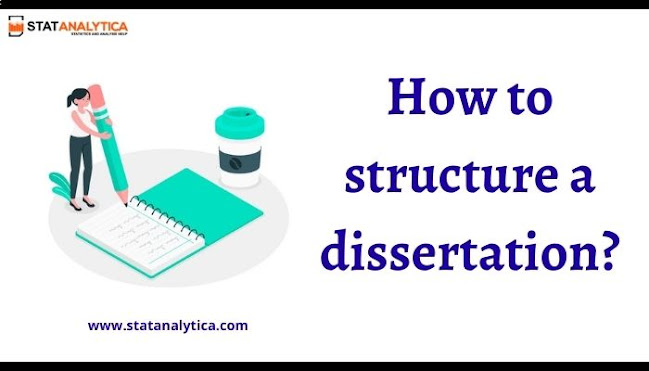Since the abstract and introduction are the first chapters that anyone reading your dissertation can read, it's reasonable to conclude that they should be published first as well. In fact, however, this is not the case. You'll be far better off writing your dissertation outline, thesis, and abstract after you've completed all of the other sections. To begin with, writing retrospectively ensures that your dissertation presentation and conclusion will "align," and all of your thoughts will be neatly bound together. Second, it saves you time. If you write your introduction first, your thoughts will most likely adapt and morph as your dissertation progresses. After that, what you have to do is go back and edit or fully rewrite your introduction. Third, it would guarantee that the abstract correctly incorporates all of the detail necessary for the reader to get a clear overall understanding of what you've done. . Dissertation Assignment help will assist you with the structure of your dissertation.
As a general rule, the following should be used in your dissertation introduction:
Give some sense to your analysis by including some preliminary background material.
Determine the subject of your research.
Emphasize the importance of your study.
Define the research's basic goals and objectives.
Although the ‘background material' normally comes first in a dissertation introduction, you have full control over the arrangement of the remaining three points.
You will mix and match these parts to meet the own requirements. There are also functions that go beyond these four points that can be added. Some students, for example, want to include their thesis questions at the beginning of their dissertation so that the reader is not only introduced to the goals and priorities but also has a concrete basis for where the research is going. Some students may wait until the conclusion of the literature review or the beginning of the technique to discuss research methods.
The background section
The context section serves many purposes, one of which is to ease the reader into the subject. Simply stating the context and emphasis of your thesis, as well as what prompted you to follow this line of analysis, is usually considered unacceptable.
The reader must understand that the thesis is worthwhile. You will achieve this by defining the study issue and the concern that needs to be addressed. Students sometimes make the error of justifying their study by claiming that the subject is important to them.
You should start detailing your history segment by highlighting key aspects of your subject that the reader should be aware of right away. A decent place to start is to make a list of the top 5-7 readings/authors who have had the most impact on you (and as demonstrated in your literature review). If you've found them, jot down some quick notes about why they were so influential and how they blend in with your overall theme.
The Research Focus
The research emphasis serves two purposes: it informs you about the research topic (obviously), as well as the reason for your analysis.
You must be able to define the area(s) you wish to study and justify why you are doing this research in the first place. One thing to keep in mind is that the study topic must be related to the context details you gave earlier. Although the parts can be written on various days or even months, they must appear as one continuous flow.
The significance of your study
Within your dissertation introduction, the section on merit merits its own sub-section. This is because it shows to those who may be assessing the work's merits that you have thought of how it brings value.
The most common blunder students make is failing to include this part. The definition of 'adding value' may not have to imply a substantial development in analysis that makes a significant contribution to the industry, but it does require you to devote one to two paragraphs to simply and unequivocally stating the value of your work.
The research project and its goals
To begin with, goals and priorities are two distinct concepts that can be considered as such. Putting them in the dissertation presentation is just only a matter of organization and consistency since they were usually produced at the proposal level or for ethical approval of the research project.
Conclusion

Comments
Post a Comment